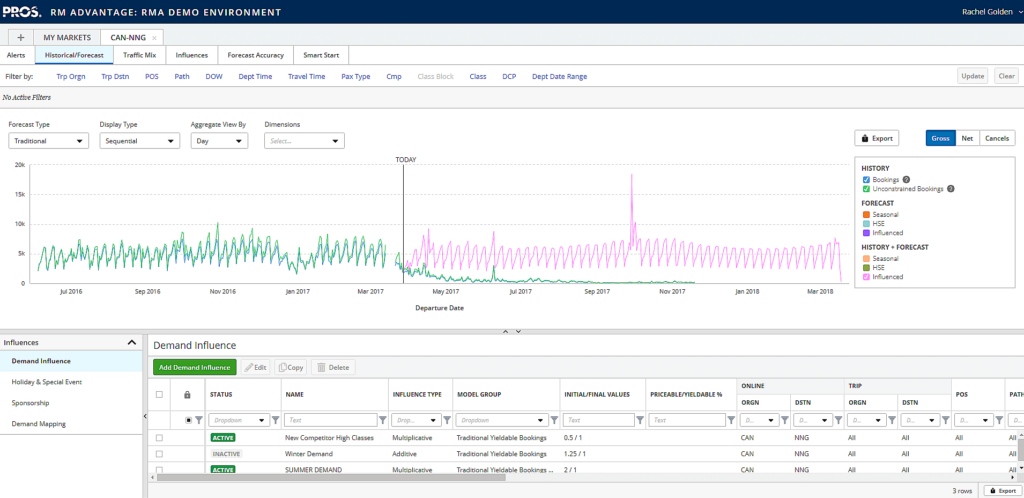AI in Avionics - AVweb
Generative AI and machine learning are two interrelated technologies revolutionizing how we interact with computers and data. At their core, both aim to harness the power of algorithms to analyze and generate insights from vast amounts of data. Machine Learning is a subset of artificial intelligence (AI) that involves training algorithms to learn from and make predictions or decisions based on data. Machine learning models are designed to improve their performance over time as they are exposed to more data. These models can identify patterns and make decisions without being explicitly programmed for each specific task. For example, machine learning algorithms are behind recommendations on streaming services, fraud detection systems in banking, and even email spam filters.

Generative AI takes this a step further by not just analyzing data but also creating new content based on learned patterns. Unlike traditional AI, which might classify or predict based on existing data, generative AI can produce original text, images, music, and more. For instance, a generative AI model trained on a vast array of literature is capable of writing coherent and contextually relevant prose, or an image-generating model can create realistic visuals from scratch based on textual descriptions.
The Impact of AI in Avionics
In the ever-evolving world of aviation, the integration of Machine Learning and Generative AI into avionics represents a transformative leap forward. As technology advances, AI’s role in aircraft systems will be reshaping how we navigate, communicate, and maintain aircraft. Artificial Intelligence, with its ability to learn, adapt, and make decisions based on data, offers a range of benefits in avionics. Traditional avionics systems, while highly effective, rely heavily on pre-programmed responses and human intervention. AI will enhance these systems by introducing adaptive algorithms that can improve performance over time. This capability is crucial for optimizing flight operations and ensuring safety.

One of the primary areas where AI shines is in flight management systems (FMS). Modern FMS platforms equipped with AI can analyze vast amounts of data, including weather conditions, air traffic, and aircraft performance metrics, to optimize flight paths in real-time. For example, AI can dynamically adjust flight plans to avoid turbulence or adjust fuel consumption, thereby enhancing comfort and operational efficiency.
Enhancing Safety and Situational Awareness
AI’s impact extends beyond flight operations into aircraft maintenance. Predictive maintenance is one of the most promising applications of AI in avionics. By analyzing data from various sensors and historical maintenance records, AI systems can predict potential failures before they occur. This proactive approach allows for timely repairs and part replacements, reducing downtime and enhancing safety. According to a study on avionics capabilities enabled by AI, predictive maintenance can significantly lower operational costs.

AI can also play a crucial role in improving safety and situational awareness. Advanced AI systems can process and analyze data from multiple sources, such as radar, traffic, air data, cameras, and other sensors, to provide a comprehensive view of the aircraft’s environment. This enhanced situational awareness is vital for collision avoidance, particularly in complex airspace.
Challenges and Opportunities
As we look towards the future of avionics, the integration of Artificial Intelligence represents both challenges and opportunities. The successful implementation of AI in avionics will require collaboration between technology developers, regulatory bodies, and aviation professionals. Incorporating AI into avionics systems represents a thrilling leap forward, but it is not without its regulatory hurdles. The current regulatory framework, epitomized by DO-178C Software Considerations in Airborne Systems and Equipment Certification, faces significant challenges when accommodating the rapid advancements in artificial intelligence.
In summary, while the integration of AI into avionics offers promising advancements, it necessitates a reevaluation of current regulations. As AI technologies advance, the avionics industry must work closely with regulatory bodies to develop new frameworks that better accommodate the unique attributes of AI, ensuring both innovation and safety in future airborne systems.

Other than this sidebar, the entire accompanying article was written by Open AI’s ChatGPT with only a few modifications and copy editing of the output.




















